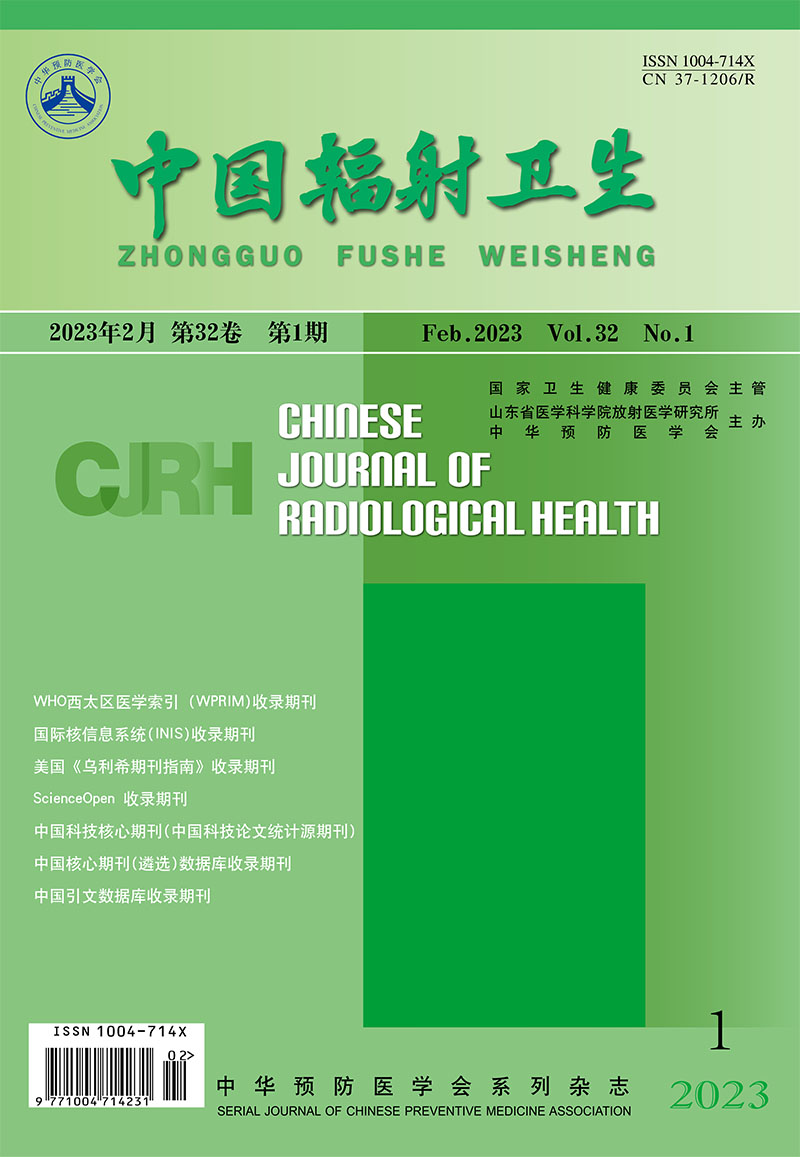Original Articles
KUANG Bei, LIU Zhongqiang, WANG Hui, WU Zhenming, YE Xiqu, LIN Gengxian
Objective To study the setup error under deep inspiration breath hold (DIBH) guided by optical surface monitoring system (OSMS) and free breathing (FB) FB1 and FB2 (without OSMS guidance, directly set up the body marker line by laser lamp) in radiotherapy after radical mastectomy for left breast cancer, and to provide a basis for individualized clinical target volume-planning target volume (CTV-PTV) expansion for the doctor in charge to delineate the target volume. Methods A total of 36 patients with left breast cancer after radical mastectomy were selected and divided into three groups, in which cone beam computed tomography (CBCT) images were taken in three states: DIBH, FB1, and FB2, respectively. CBCT and CT images were analyzed for registration; the absolute error data of linear displacement in the ventro-dorsal, cranio-caudal, and left-right directions were recorded, and the expanding margin was calculated. Results The translation errors in the ventro-dorsal, cranio-caudal, and left-right directions were (0.06 ± 0.22) cm, (0.05 ± 0.23) cm, and (0.01 ± 0.24) cm in the DIBH group, (0.07 ± 0.21) cm, (0.02 ± 0.23) cm, and (0.02 ± 0.21) cm in the FB1 group, and (0.07 ± 0.24) cm, (0.07 ± 0.34) cm, and (0.25 ± 0.09) cm in the FB2 group. The statistical results of the DIBH group and FB1 group in the ventro-dorsal, RTN, and ROLL directions were significantly different (P < 0.05). The statistical results of the FB1 group and FB2 group in the ventro-dorsal direction were significantly different. The relation of three groups in the value of margin of planning target volume was DIBH < FB1 < FB2 in the ventro-dorsal and cranio-caudal directions and FB1 < DIBH < FB2 in the left-right direction. Conclusion OSMS-guided DIBH radiotherapy in patients with left breast cancer after radical mastectomy can reduce the setup error and provide an important basis for individualized CTV-PTV expansion for the doctor in charge to delineate the target volume.

